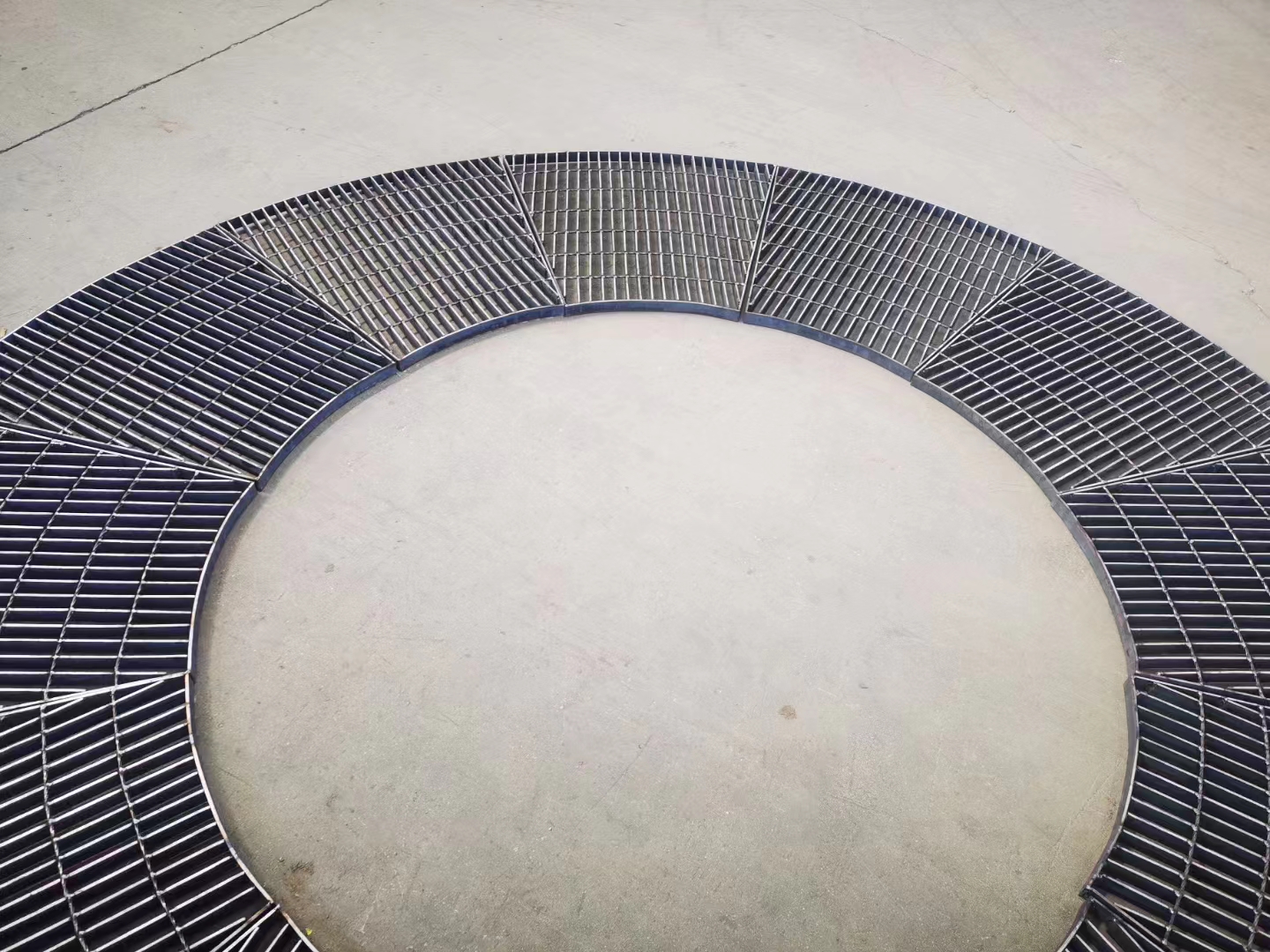Pump Air Release Valve - Efficient Air Management Solutions
Understanding Pump Air Release Valves Importance and Functionality
In various industrial applications, pumps play a crucial role in the transport of fluids. However, the efficiency and longevity of these pumps can be significantly affected by trapped air within the system. This is where air release valves come into play. Specifically designed to mitigate the negative impacts of air accumulation, pump air release valves are essential components in many pumping systems.
What is a Pump Air Release Valve?
A pump air release valve is a mechanical device installed in piping systems to automatically release trapped air or gas accumulations
. These valves ensure that air pockets do not form in the liquid being pumped, which can lead to various operational issues such as cavitation, inefficient pumping, and even potential damage to the pump itself.Importance of Air Release Valves
The presence of air in a pumping system can dramatically reduce its efficiency. When air accumulates, it creates unwanted resistance, preventing the smooth flow of liquid. This condition can lead to cavitation, where vapor bubbles form and subsequently collapse, creating shock waves that can wear and damage pump components. Furthermore, air pockets can disrupt the hydraulic balance of the system, resulting in fluctuations in pressure and affecting overall performance.
By installing air release valves, operators can ensure that air is removed from the system efficiently, allowing for a steady, uninterrupted flow of fluid. This not only enhances the pump's performance but also extends its operational life by reducing wear and tear.
pump air release valve

How Do Pump Air Release Valves Work?
Air release valves operate on a simple principle. They are typically installed at high points in the piping system where air naturally accumulates. The valve contains a float mechanism that allows it to open and close automatically based on the presence of air. When air collects in the valve chamber, it rises, lifting the float and opening the valve to allow the trapped air to escape. Once the air is released, the valve closes again, preventing any liquid from leaking out.
There are various types of air release valves, including automatic, manual, and combination models, each designed for specific applications and conditions. While automatic valves operate without human intervention, manual valves require operators to open them as needed, and combination valves serve both purposes.
Considerations for Installation and Maintenance
When installing pump air release valves, it’s important to consider their placement within the system. They should be positioned at strategic locations, particularly at high points or where changes in elevation occur. Regular maintenance is also crucial, as any debris or sediment can obstruct the valve's operation. Periodically checking and testing the valves ensures they function correctly when needed.
Conclusion
Pump air release valves are essential for maintaining the efficiency and longevity of pumping systems. By effectively releasing trapped air, they reduce the risk of cavitation, enhance fluid flow, and protect pumps from damage. For any industrial or commercial operation relying on pumps, understanding and utilizing air release valves is a critical aspect of system management and optimization. As technology advances, these valves continue to evolve, offering even greater reliability and performance for fluid handling applications.
-
The Smarter Choice for Pedestrian AreasNewsJun.30,2025
-
The Gold Standard in Round Drain CoversNewsJun.30,2025
-
The Gold Standard in Manhole Cover SystemsNewsJun.30,2025
-
Superior Drainage Solutions with Premium Gully GratesNewsJun.30,2025
-
Superior Drainage Solutions for Global InfrastructureNewsJun.30,2025
-
Square Manhole Solutions for Modern InfrastructureNewsJun.30,2025
-
Premium Manhole Covers for Modern InfrastructureNewsJun.30,2025
